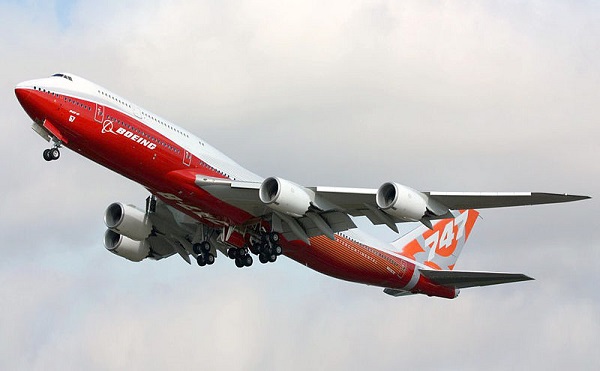Greening air transportation is one of the biggest challenges of the clean transportation future; according to Climate Change Connection, “Air travel produces almost as much carbon dioxide per passenger per kilometer as having a single occupant in a small car.” It’s at takeoff, too, when much of the harmful emissions are produced (according to WorldWatch, “on short flights, as much as 25 percent of the total fuel consumed is used at this time”).
That’s where ionic wind could come to the rescue. Some day. Maybe.

This is the air movement — and thus thrust — produced when a current passes between two electrodes, one of which is thinner than the other.
It’s not a big-time area of alternative energy study, by any means, dwelling in a nook of the physics world known as electrohydrodynamics.
But MIT is suggesting there might be some real possibilities with electrohydrodynamic thrust. This speculation stems from work done by a team of researchers at the university that found that it could be much more efficient than previously thought – producing “110 newtons of thrust per kilowatt, compared with a jet engine’s 2 newtons per kilowatt,” MIT said.
This efficiency apparently has the industry interested. But before we get deeper into those implications, let’s back up to understand what exactly one of these ionic thrust gizmos consists of. As described by MIT:
A basic ionic thruster consists of three parts: a very thin copper electrode, called an emitter; a thicker tube of aluminum, known as a collector; and the air gap in between. A lightweight frame typically supports the wires, which connect to an electrical power source. As voltage is applied, the field gradient strips away electrons from nearby air molecules. These newly ionized molecules are strongly repelled by the corona wire, and strongly attracted to the collector. As this cloud of ions moves toward the collector, it collides with surrounding neutral air molecules, pushing them along and creating a wind, or thrust.
So could this technology really be harnessed for air travel?
MIT’s Steven Barrett, an assistant professor of aeronautics and astronautics who was in on the research, said there would be some challenges. At least one big one (literally):
Ionic thrusters depend on the wind produced between electrodes; the larger the space between electrodes, the stronger the thrust produced. That means lifting a small aircraft and its electrical power supply would require a very large air gap. Barrett envisions that electrodynamic thrusters for aircraft — if they worked — would encompass the entire vehicle.
Providing the massive voltage to power to thruster would also take some doing, and Barrett didn’t sound overwhelmingly confident when it said it was “a challenge that’s probably solvable,” speculating that lightweight solar panels or fuel cells could do the trick.
So this sounds like it might be something that’s pretty far off in the future. But it might not be science fiction. Lockheed Martin’s chief scientist Ned Allen told MIT that his company is looking into the technology.